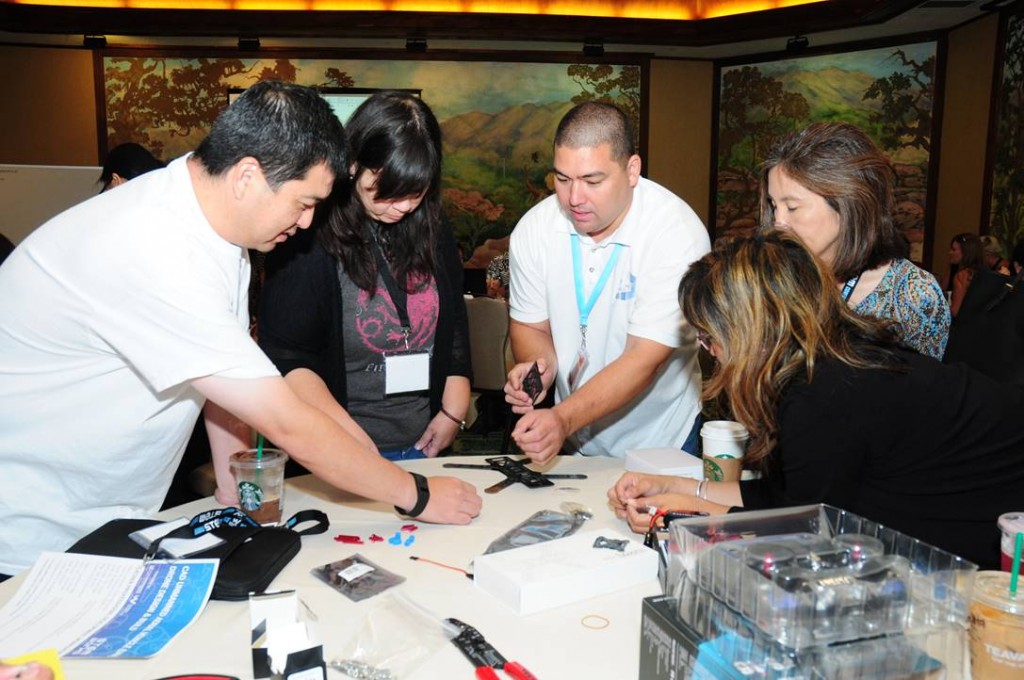As technology advances and expands, it is finding its way into classrooms. One such technology that has great teaching and learning potential is that of unmanned aerial vehicles (UAVs) or more commonly known as drones.

While drones are finding a place in many industries, academia is also an area where they are thriving. This is a hands-on tool that is relatively low-cost and allows teachers to bring lessons to life for students. We recently conducted a drone design and build workshop for teachers at the 2016 Hawaii STEM Conference and were delighted to see how many educators were not only interested in the technology, but wanted to integrate it into their schools. Our workshop covered the basics of drones—how to design and build them, and how to integrate the curriculum into their classrooms.
Below are a few of the ways that drones enhance lesson plans and get students actively involved.
- Robotics. One of the most apparent subject matters drones can teach students about is robotics. Working together to make many parts function at one time requires an “if, then” mindset (“If I do this, then this happens.”). For students interested in becoming engineers, developing an analytical thinking skillset will help set them up for future success. It is important to consider that even short exposure to robotics can have a lasting impact on students to pursue complex careers that they may have never considered.
- Mathematics. Basic math knowledge is essential to learning how to design and operate drones, also at a collegiate level, more complex concepts and principals can be explored.
- Electronics. Wiring the drone’s microcontroller will teach the basic principles of electronics. Students will also come to understand the way electronic motors operate and how to repair them when they fail.
- Programming. This is a big one because many schools are now realizing that in order to have successful students, programming is an essential skill they need to learn before entering the workforce. Building drones lets students explore and develop programming skills. As students advance they will be able to experiment with open-source hardware and software for the microcontroller.
- Perseverance. Failure is not a bad thing, which is something many students (and adults) have a hard time coming to terms with. All of the above subjects we mentioned require students to test theories, and inherently there is a degree of failure associated with this testing. Building an attitude of “Why didn’t my theory work and how do I fix it?” creates open-minded students and life-long learners.
Developing the above STEM (science, technology, engineering and mathematics) skills at an early-age is critical for the future job market—it is predicted that eight million STEM jobs will need to be filled by 2018.
If you are interested in learning more about integrating drone technology into your classroom or school, send us an e-mail at info@3d-innovations.com — We can provide resources and further insight to help you get started.
_______
3D Innovations is a Product Development Company – from the 3D Design to a fully functional 3D Prototype & Product.
Startup Connector is a Manufacturing Accelerator helping companies commercialize—turning ideas into products.
Subscribe to the 3D Innovations newsletter on our Facebook page!

